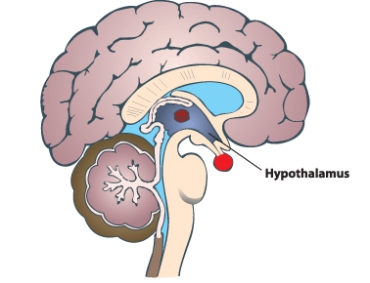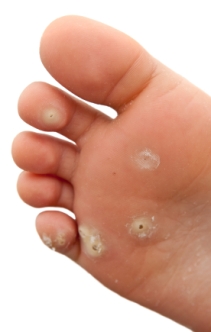Tags
arteries, blood, circulatory system, heart, oxygen, physiology, veins
Whether we crawl, run, or swim, we all depend on our circulatory systems to transport oxygen, carbon dioxide and nutrients to the appropriate tissues while excreting metabolic waste; regulate hormones and temperature; and protect us against foreign agent through immune function.
There are two types of circulatory system.
The first type is the Open Circulatory System. It consists of a primitive heart that pumps hemolymph (fluid analogous to blood) into the hemocoel (body cavity that contains fluids). With these structures in place, the blood pressure is low and the blood volume is relatively large, constituting 20-40% of body volume. It is almost impossible to directly control how fast the blood spreads through the body, as the flow of blood is dependent on body movement.
In the Closed Circulatory Systems, blood flows in a continuous circuit where it is exposed to high pressures that allow for high oxygen uptake and blood volume only consists of 5-10% body volume. The system relies on all components to ensure blood flow. The components are as follows:
- propulsive organ (heart): forces blood through the body
- capillaries: a network of miniature blood vessels that facilitates gas exchange
- arterial system: series of blood vessels that are surrounded by a lot of muscle that allows blood to be propelled from the heart and distributed throughout the body.
- arteries: only hold 16-18% of blood volume
- venous system: blood vessels that carry deoxygenated blood from the blood back to heart. Veins are much more elastic and can expand quite easily to hold more volume
- veins: can hold up to 50 % of blood
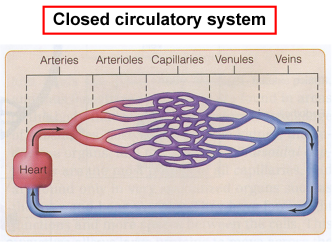
Note: The distribution of blood in the circulatory system is as follows:
- Pulmonary circulation is responsible for 12% of blood flow
- The heart only contains 15 % at a time
- The capillaries and arterioles hold the least about of 5% – 7%
- While the arteries carry 16% – 18% at a time
- The veins and venules have the capacity to hold up to 50%
In Closed Circulatory Systems, there are also 2 types of hearts. First we will look at the neurogenic heart which depends on nerves to maintain rhythm, and then we will take a look at the myogenic heart that consists of muscle which generates the beating of the heart.
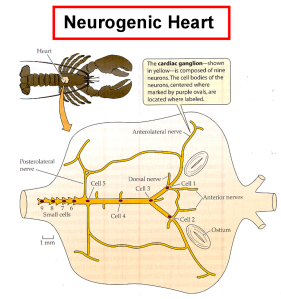 The image above displays a neurogenic heart, which is generally found in anthropods (an invertebrate animal with an external skeleton segmented body and jointed appendages) and officially referred to as the crustacean cardiac ganglion. The small cells (9,8,7,6) act as the pacemaker that conducts electrical impulses to stimulate contractions. This heart can be found in insects, crayfish, crab or lobsters.
The image above displays a neurogenic heart, which is generally found in anthropods (an invertebrate animal with an external skeleton segmented body and jointed appendages) and officially referred to as the crustacean cardiac ganglion. The small cells (9,8,7,6) act as the pacemaker that conducts electrical impulses to stimulate contractions. This heart can be found in insects, crayfish, crab or lobsters.
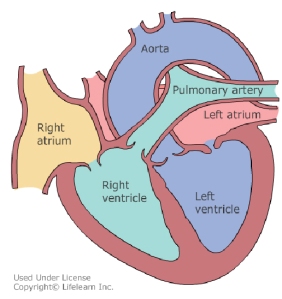 The myogenic heart has 4 chambers, left and right atria and left and right ventricles. The sinoatrial node located in the wall of the right atrium acts as a pacemaker, where cells depolarize spontaneously to control the beating of the heart. The blood in the atria is pumped through valves into the ventricles that supply the main propulsive force to distribute blood through the body.
The myogenic heart has 4 chambers, left and right atria and left and right ventricles. The sinoatrial node located in the wall of the right atrium acts as a pacemaker, where cells depolarize spontaneously to control the beating of the heart. The blood in the atria is pumped through valves into the ventricles that supply the main propulsive force to distribute blood through the body.
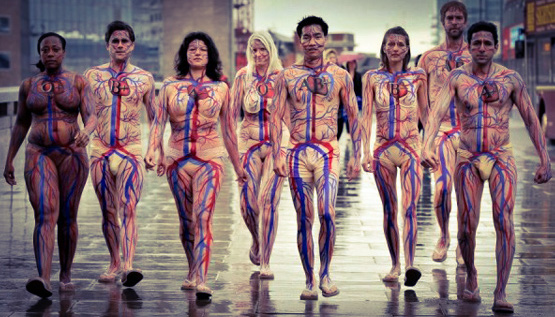
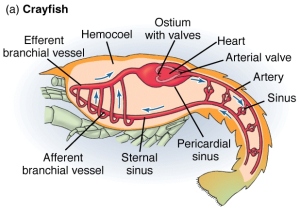

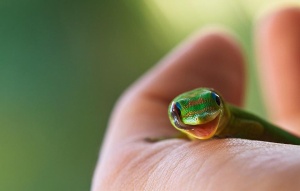 Or maybe your pet iguana has a fever?
Or maybe your pet iguana has a fever?